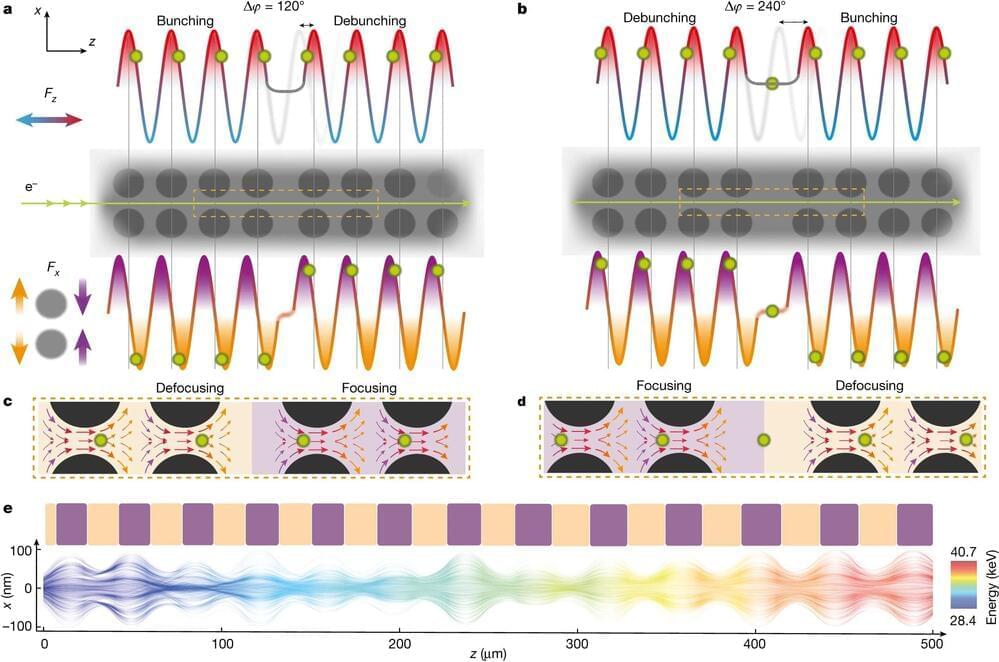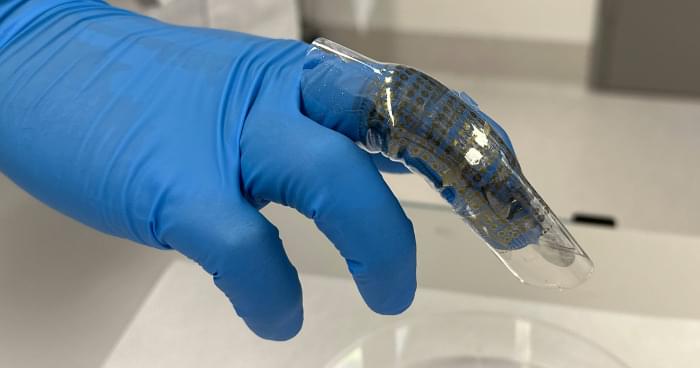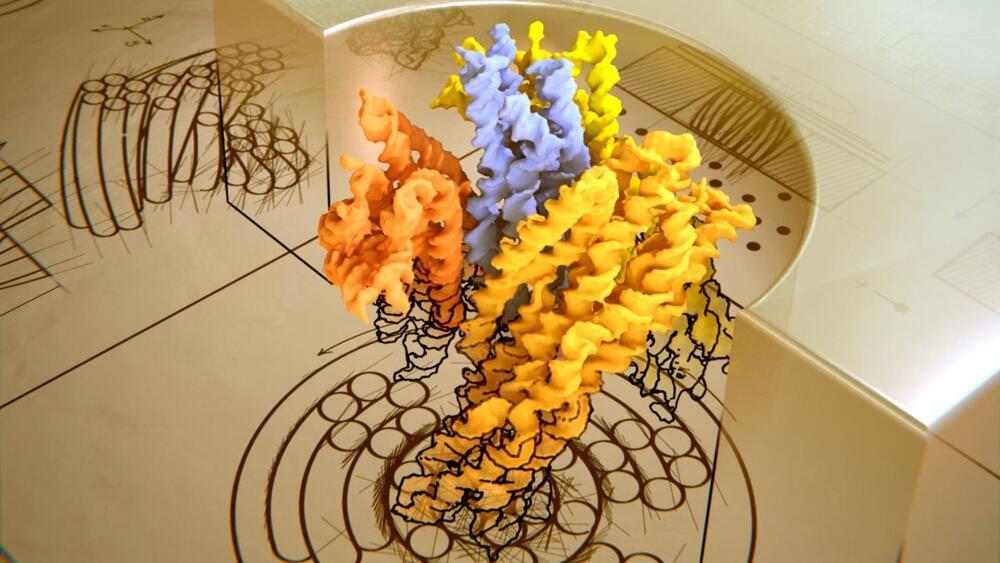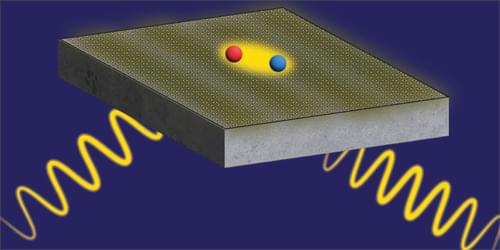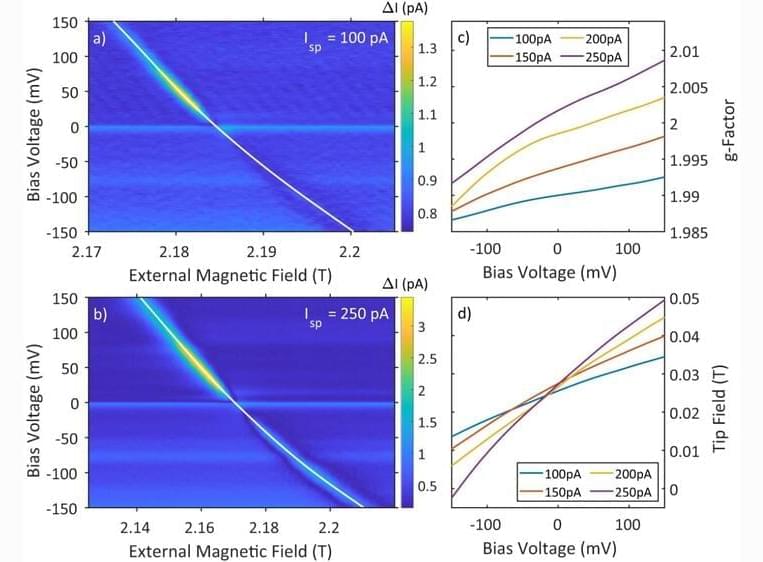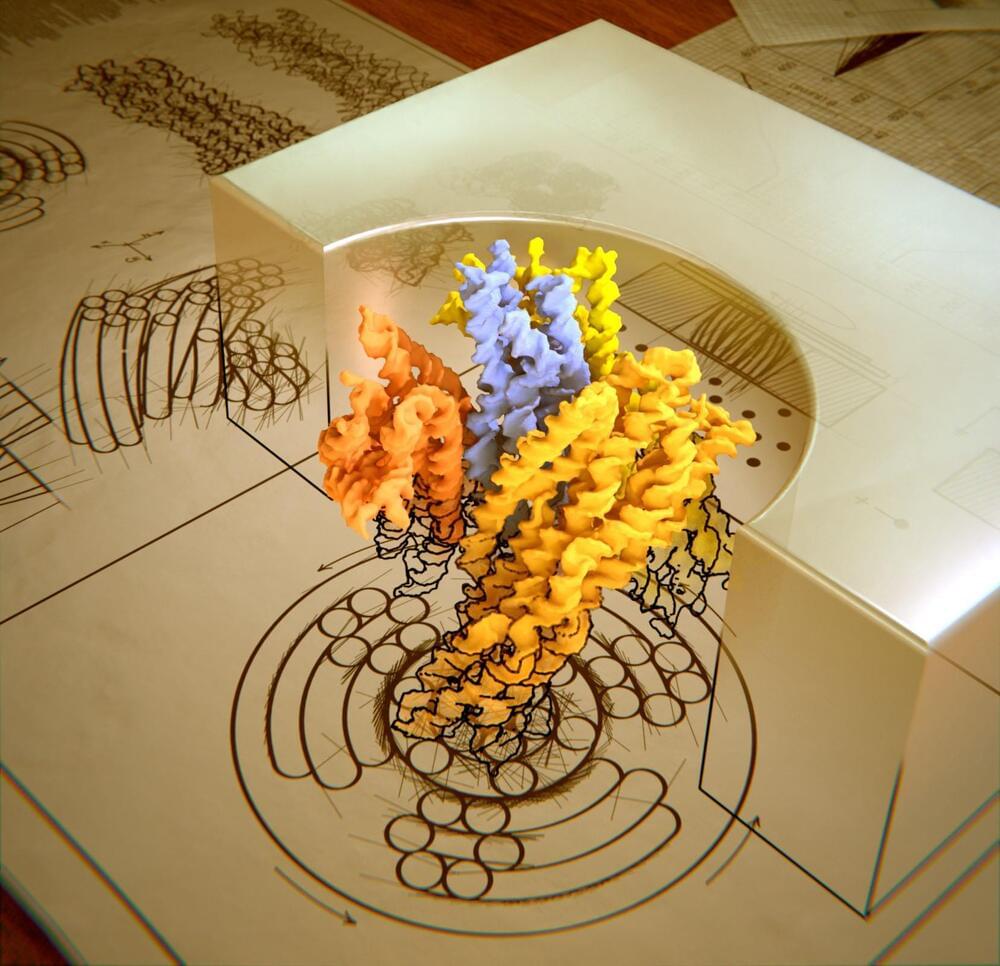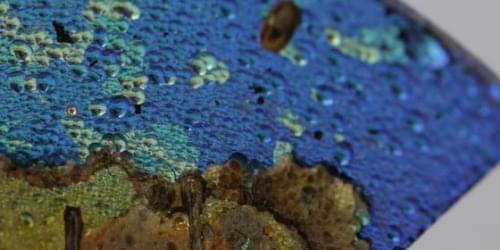Nanotechnology sounds like a futuristic development, but we already have it in the form of CPU manufacturing. More advanced nanotech could be used to create independent mobile entities like nanobots. One of the main challenges is selecting the right chemicals, elements, and structures that actually perform a desired task. Currently, we create more chemically oriented than computationally oriented nanobots, but we still have to deal with the quantum effects at tiny scale.
One of the most important applications of nanotechnology is to create nanomedicine, where the technology interacts with biology to help resolve problems. Of course, the nanobots have to be compatible with the body (e.g. no poisonous elements if they were broken down, etc).
We dive into an interesting study on creating nanobarrels to deliver a particular payload within the bloodstream (currently in animals, but eventually in humans). This study is able to deliver RNA to cancer cells that shuts them down, without affecting the rest of the body. This type of application is why the market for nanotechnology keeps growing and will have a substantial impact on medicine in the future.
#nanotech #nanobots #medicine.
DNA origami nanobots – The University of Sydney Nano Institute.
https://www.sydney.edu.au/nano/our-research/research-program…obots.html.
ASU scientists have successfully programmed nanorobots to shrink tumors by cutting off their blood supply.
